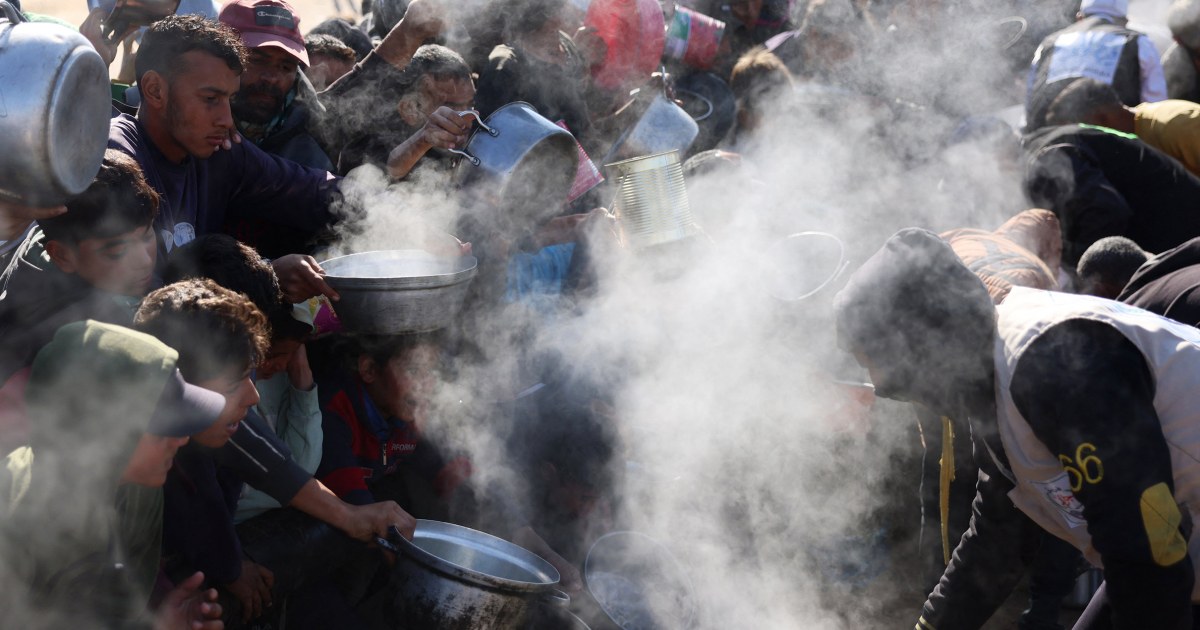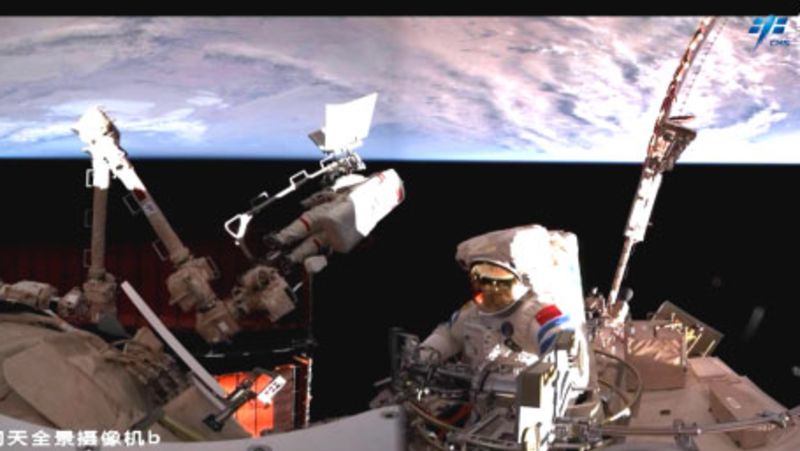World
Nobel Peace Prize awarded to Japanese anti-nuclear weapons group Nihon Hidankyo
This story has been updated with new information.
A grassroots Japanese organization made up of atomic bomb survivors won the 2024 Nobel Peace Prize, the Norwegian Nobel Committee announced Friday.
The organization, Nihon Hidankyo, uses testimony from those who survived the 1945 Hiroshima and Nagasaki bombings to campaign for nuclear disarmament and the abolition of nuclear weapons.
Announcing the winner at a ceremony in Oslo, the Nobel committee’s chair, Joergen Watne Frydnes, described Nihon Hidankyo as a group that has “contributed greatly to the establishment of the nuclear taboo.”
Frydnes said that taboo was now “under pressure.”
‘Consequences you have never seen’: How to read Vladimir Putin’s nuclear threats
The Nobel committee sometimes selects peace prize winners to send a signal to governments, and to urge collective international action on pressing issues of the day.
Iranian human rights activist Narges Mohammadi won the prize in 2023 for recognition for her work in aid of human rights and fighting the oppression of women in Iran. This year the committee appeared to take note of rising anxiety over escalating nuclear threats from Russia as it seeks to prevent Western countries from supporting Ukraine.
A book published this month from Watergate reporter Bob Woodward said Russian President Vladimir Putin has considered using nuclear weapons to avoid major battlefield losses. Woodward reported that U.S. intelligence believed, months into Russia’s war in Ukraine, there was a 50% chance that Putin would use tactical nukes if Ukrainian forces surrounded 30,000 Russian troops in the southern city of Kherson.
Woodward book: Trump spoke with Putin as many as 7 times after leaving office
Nihon Hidankyo and describing ‘the indescribable’
The U.S. is the only country in the world to detonate a nuclear weapon against an enemy.
At 8:15 a.m. local time on Aug. 6, 1945, an American Boeing B-29 aircraft named “Enola Gay” dropped a 9,700-pound uranium bomb nicknamed “Little Boy” over Hiroshima, Japan. About 70,000 people were killed instantly by the explosion, which had a radius of around a mile.
Three days later, on Aug. 9 at 11:02 a.m. local time, a second atomic bomb, named “Fat Man,” was unleashed by the U.S. over Nagasaki, Japan. This time, 40,000 people died straight away – within five years, the number of deaths approached 140,000, according to archived estimates by the U.S. Department of Energy. The Hiroshima death toll reached an estimated 200,000 by 1950 as those who survived the blast succumbed to fatal burns, radiation sickness and various cancers. On Aug. 14, 1945, Japan surrendered, effectively bringing an end to World War II.
The Norwegian committee said Nihon Hidankyo‘s work had “helped to generate and consolidate widespread opposition to nuclear weapons around the world by drawing on personal stories, creating educational campaigns based on their own experience, and issuing urgent warnings against the spread and use of nuclear weapons.”
It said the “hibakusha” − Japan’s word for the surviving victims of the atomic bombs which were dropped on Hiroshima and Nagasaki − “help us to describe the indescribable, to think the unthinkable, and to somehow grasp the incomprehensible pain and suffering caused by nuclear weapons.”










